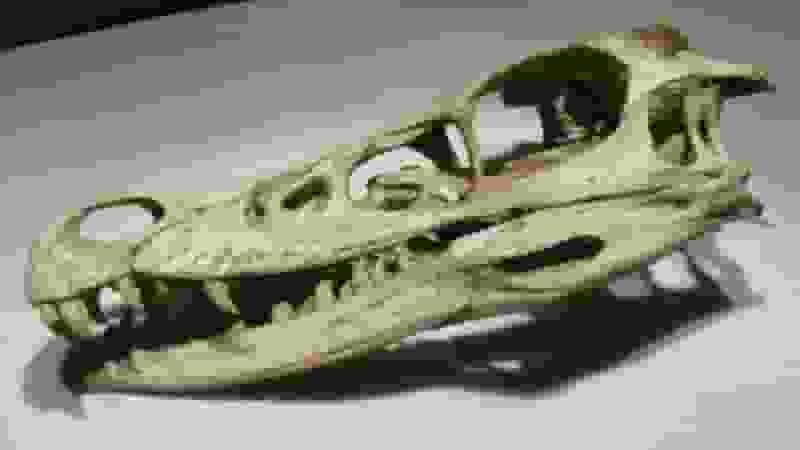
Dinosaurs the size of buses or five-story skyscrapers could not exist if their bones were as solid and heavy as ours. Dinosaurs, like modern birds, possessed hollow bones with inside structures known as air sacs, which allowed their skeletons to be lighter and less bulky.
How Dinosaurs Became Giants?
According to a study financed by FAPESP and documented in an article published in Scientific Reports, these features were apparently so advantageous that they appeared at least three times during the evolution of dinosaurs and pterosaurs (flying reptiles).
Aureliano, the article’s lead author, examined fossilized bones from three Brazilian species from the Late Triassic period (approximately 233 million years ago), when dinosaurs first appeared. All of the bones were discovered in Rio Grande do Sul, Brazil’s southernmost state, in recent decades.
In this case, the researchers were hunting for evidence of the presence of air sacs, which were abundant in geologically more recent (and more studied) animals like tyrannosaurs or velociraptors and are now found in modern birds, as previously stated. Air sacs can be found in bones all across the body, especially around the spinal column.
Read more: Supernova first spotted 1,800 years ago captured on telescope
Fossil Discovery

Researchers from the Federal University of Santa Maria (UFSM) discovered the fossils between 2011 and 2019 in a region known as Quarta Colonia in Santa Maria in Rio Grande do Sul. Some of those researchers are also co-authors of the paper.
Buriolestes schultzi, Pampadromaeus barberenai, and Gnathovorax cabreirai were among the three species represented by the fossils. The first two were sauropodomorphs, a group of long-necked dinosaurs that became the world’s largest animals.
The third dinosaur was a herrerasaurid, which was one of the first carnivorous dinosaurs. The lineage went extinct shortly after this specimen’s time period.
Another dinosaur lineage, the ornithischians, lacked structures that could have held air sacs, according to a study published in 2021 by researchers from South Africa, the United Kingdom, the United States, and Canada.
This order of dinosaurs most likely evolved later, between 201 million and 145 million years ago, and includes the well-known Triceratops.
Air sacs originated independently in ornithischians, herrerasaurids, and sauropods, according to data collected on each group. “We discovered that no common ancestor had this trait. All three groups must have developed air sacs independently,” Aureliano explained.
Read more: Stimulus internet credit: How to claim ACP payment?

